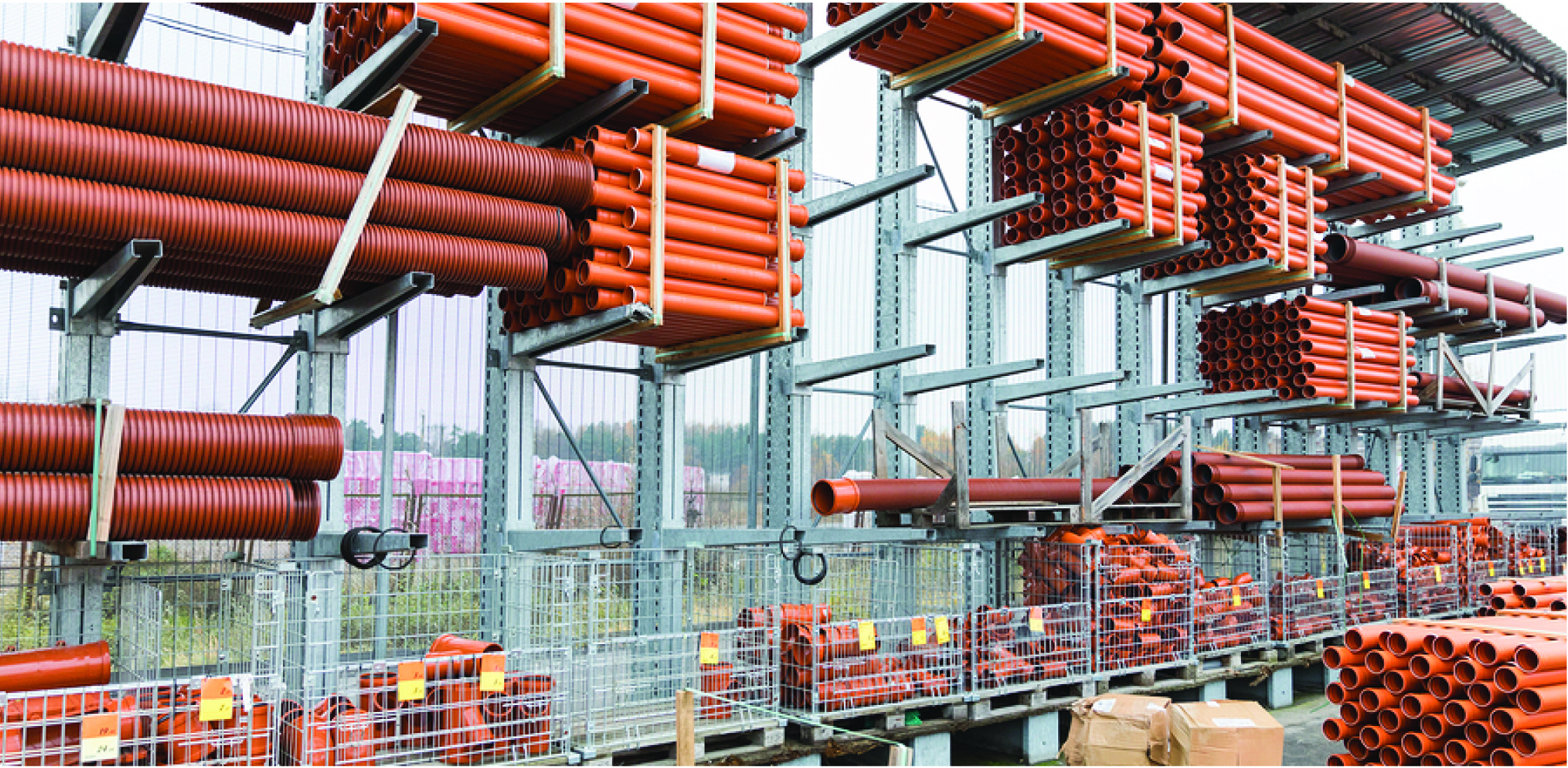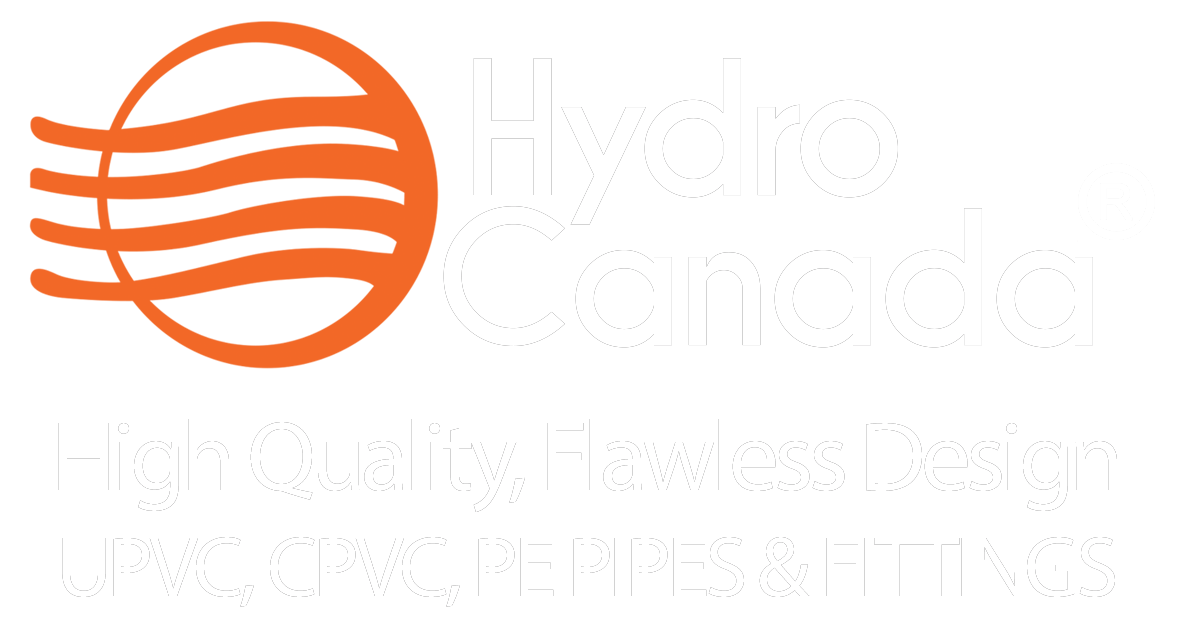Buyer’s Acceptance Of Materials:
The person responsible for receiving the product should always carefully inspect all materials immediately upon arrival. The ends of the tube should be visually inspected for cracks or heavy deformations that could have occurred during shipment. Boxes should be checked for gouges or any sign of abuse. Inspection should be done in the presence of the shipper and any specific damage or shortages should be identified and documented for future settlements. Call your local Hydro Canada representative immediately.



